Establish a flower
-rich lawn
Why establish a flower-rich lawn?
In particular, these areas serve as important nesting habitats:
- Long grassy lawns are great for bumblebees that build their nests in longer grass, such as the common carder, brown-banded carder, moss carder and red-shanked carder bees.
- Undisturbed areas are vital as many bumblebee species, including the early bumblebee, inhabit abandoned mammal nests.
- Shorter grass and sparse lawns are often used by tawny mining bees to create underground nests.
The 24 million UK gardens cover an estimated 500,000 hectares.
What can you do to help?
-
Stop fertiliser use or try using phosphorus-free fertiliser to prevent run-off.
-
Leave some wild species of flower to flourish. For example, dandelions, daisies, buttercups, clover and speedwell are a great source of pollen and nectar for pollinators.
-
Reduce the amount you mow to allow existing plants to flower and set seed. The best thing about this is that you can feel positive about helping wildlife whilst also saving yourself time!
- Introduce new wildflowers into your lawn and leave areas uncut for periods of the year so that they can flower.
Worried about what your neighbours may think?
There are a number of things you can do to show you aren’t neglecting your garden, but actually helping pollinators. Simply put up a sign in your garden, or you can even mow a neat border and pathways around sections of longer grass to show that it’s intentional. Finally, you can tell your neighbours about Naturehood, encourage them to have a go themselves, and work with others in your community to create a thriving Naturehood for insects and other animals!
How do I maintain a flower-rich garden?
There’s a number of options you can get involved with, depending on the size of your Naturespace and the amount of time you have. Remember to let us know what you’ve done by visiting the record your actions page, so we can see how these amazing actions are helping local wildlife.
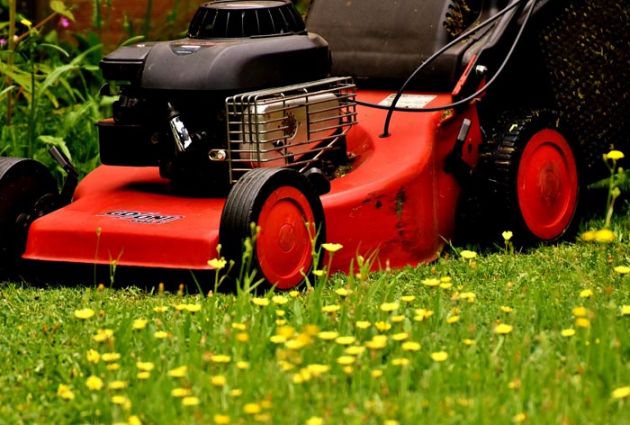
Option A: Reduce mowing frequency
Top tip: experiment with different frequencies of mowing during the summer, (fortnightly, monthly or every six weeks) to see which flowers appear at different intervals and which pollinators these plants attract.
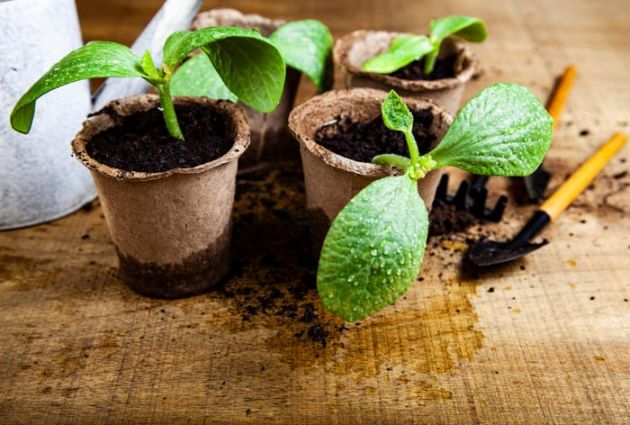
Option B: Plant wildflower plug plants
Top tip: if you arrange the plug plants in groups or swathes across the lawn, this will give the most natural look. During establishment of the flowers, mow with the blades on the highest setting (cut height set at approximately 5 cm) to help prevent the grass swamping out the flowers.
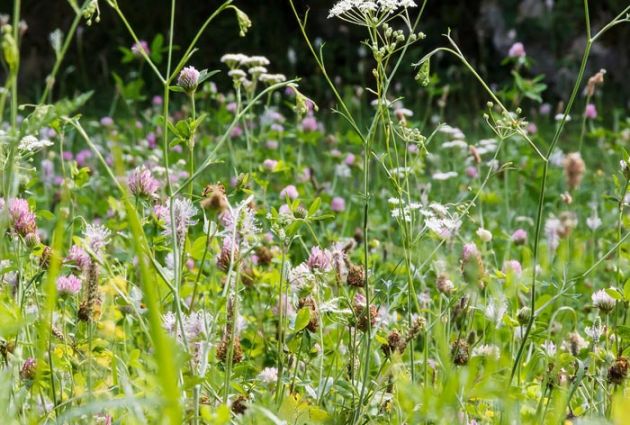
Option C: Lay wildflower turf
Top tip: the main cut of the year should be in summer, between late June and the end of August. Additional cuts in spring and autumn can help if the grass is very lush. Use a hand or mechanical scythe to cleanly cut the long grass and flowers. Raking in the spring in subsequent years can reduce weeds and encourage seeds to germinate.
Useful Plants
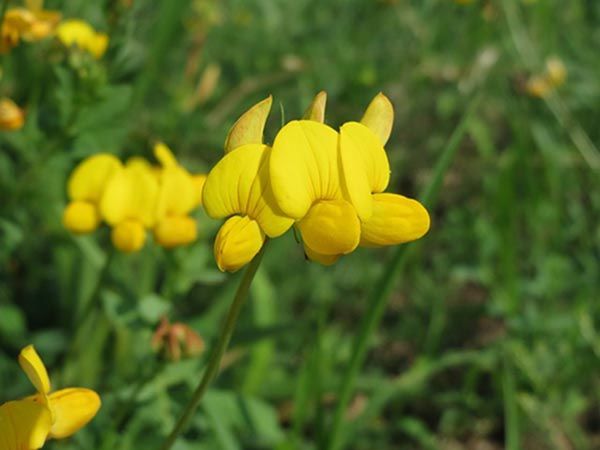
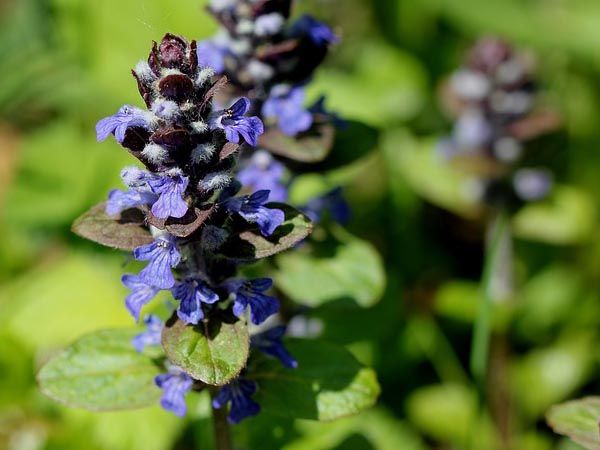
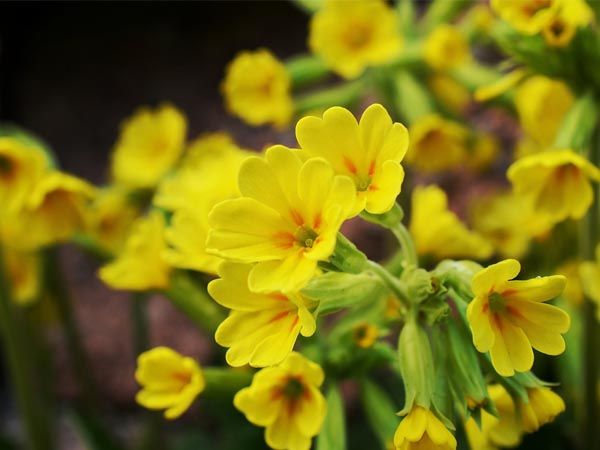
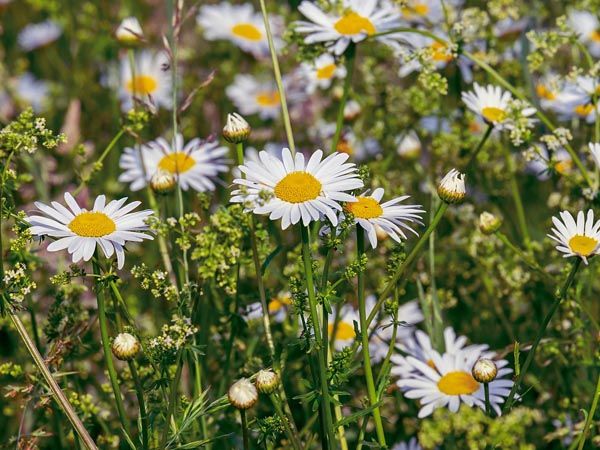
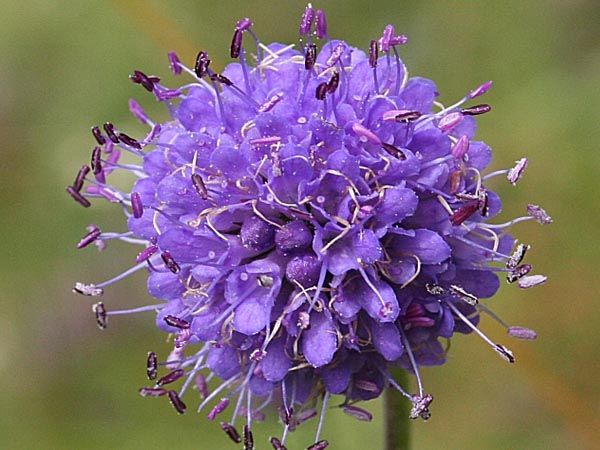
Devil’s-bit scabious
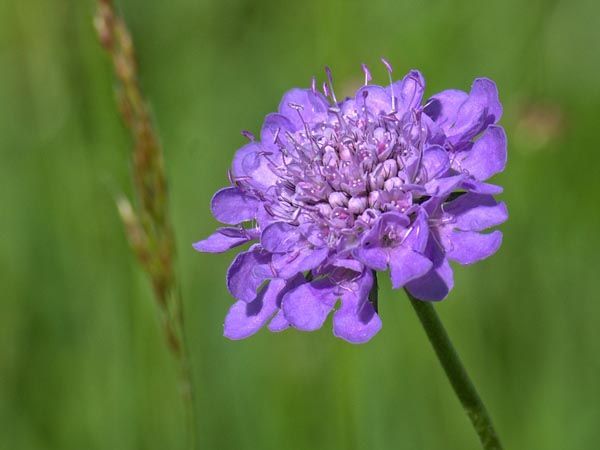
Field scabious
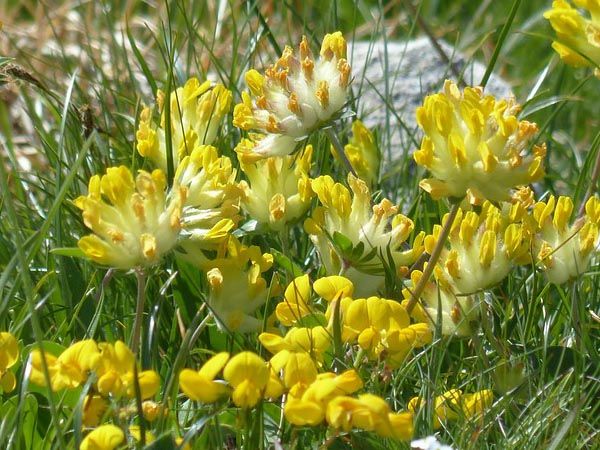
Kidney vetch
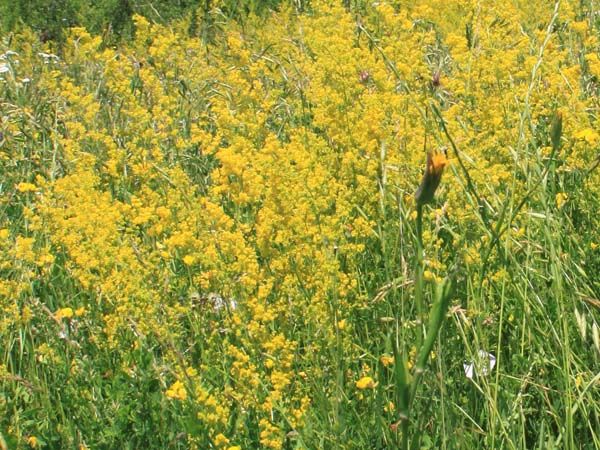
Lady’s bedstraw
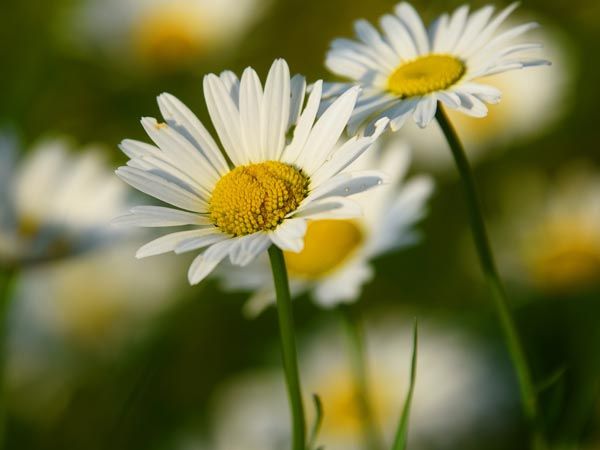
Ox-eye daisy
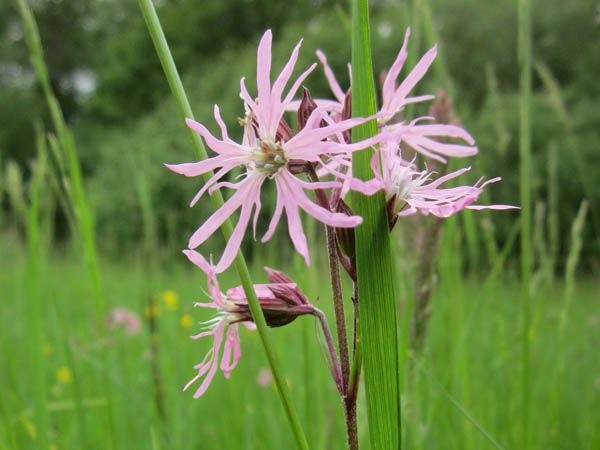
Ragged robin
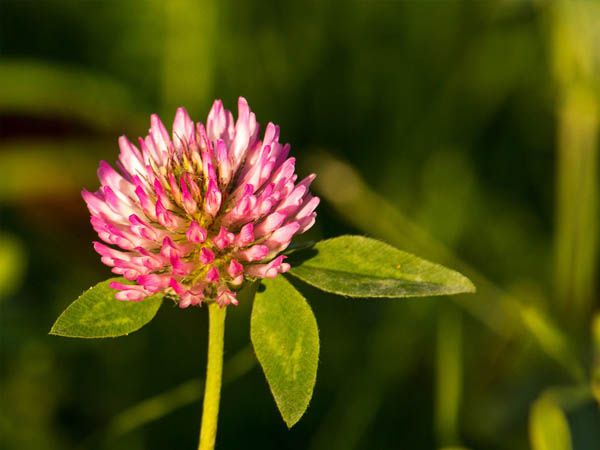
Red clover
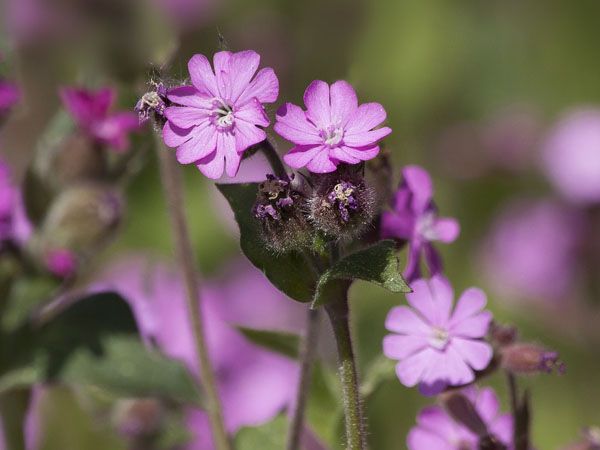
Red campion
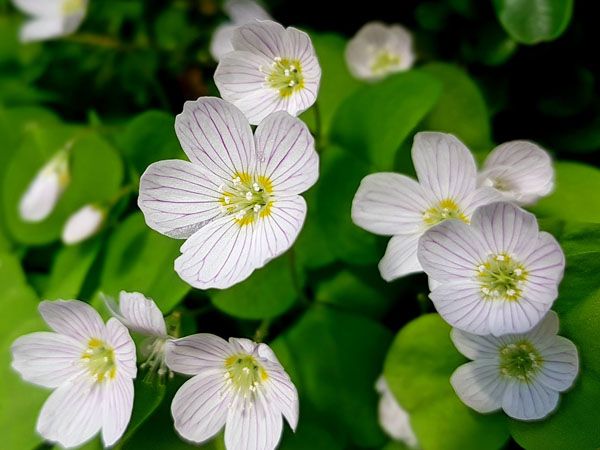
Sorrel
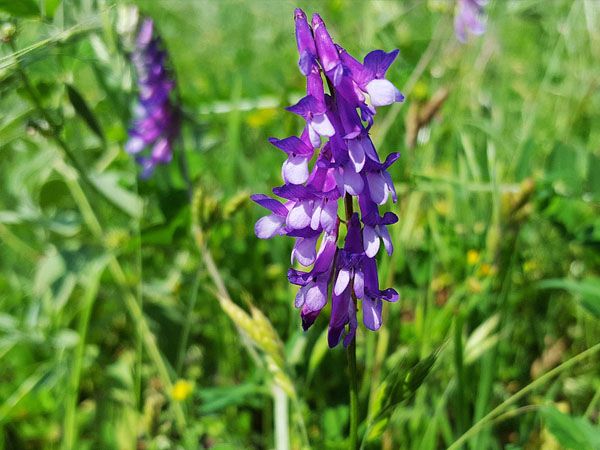
Tufted vetch
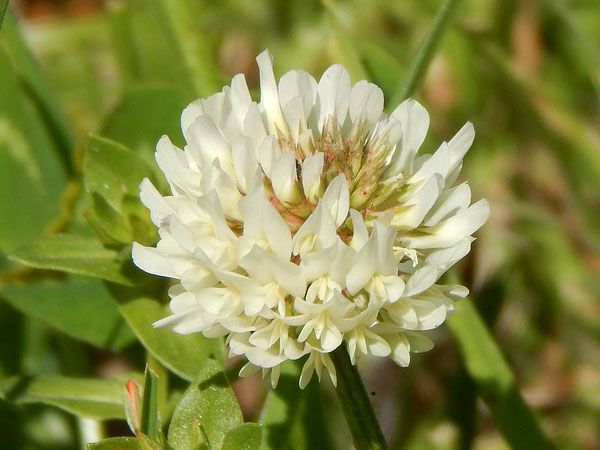
White clover
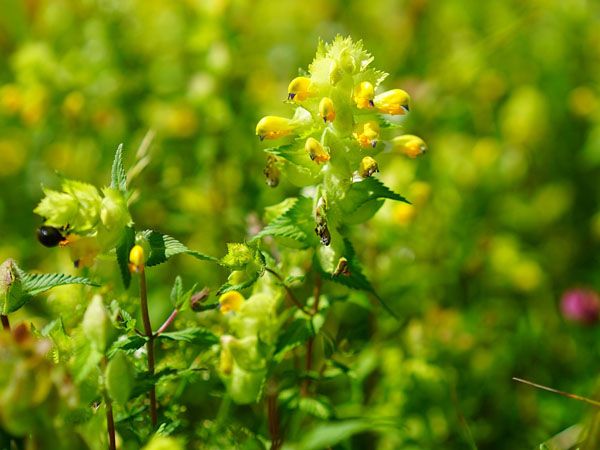
Yellow rattle
prefer to create a patch of wildflowers, or have a smaller NatureSpace? Take a look at this Naturespace action
Take a look at some of these excellent guides for additional hints and tips on the best management of your Naturespace.
- ‘Let your lawn go wild’ by the Royal Horticultural Society
- ‘Managing urban areas for pollinators’ by Buglife
- ‘Grow a wild patch’ by The Wildlife Trusts